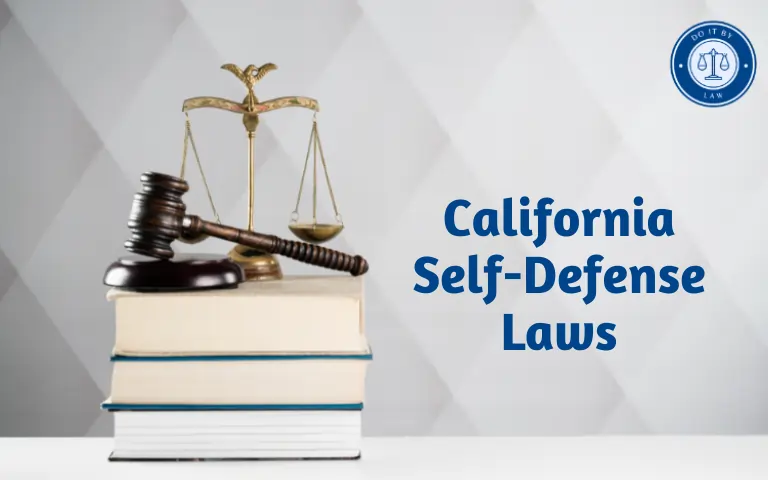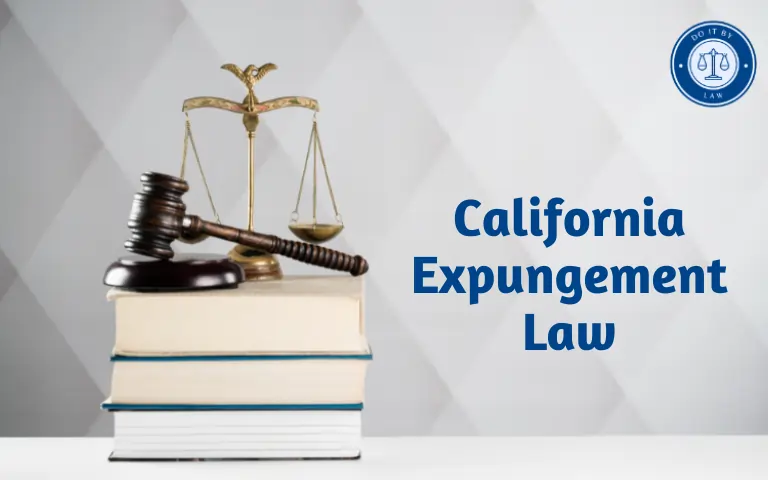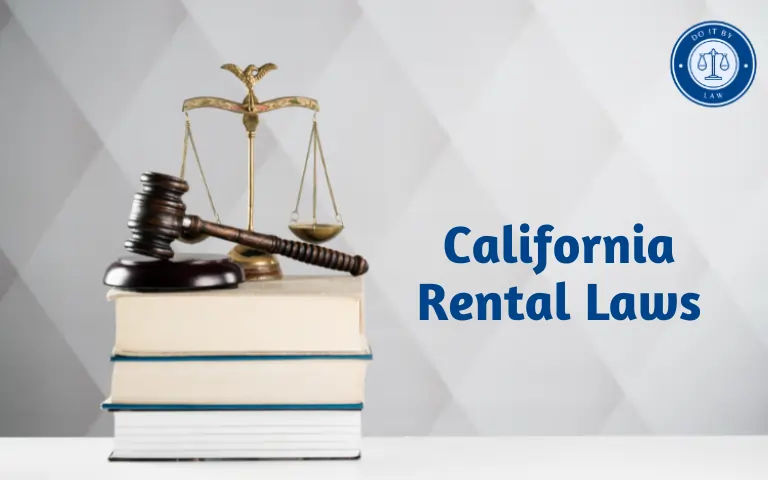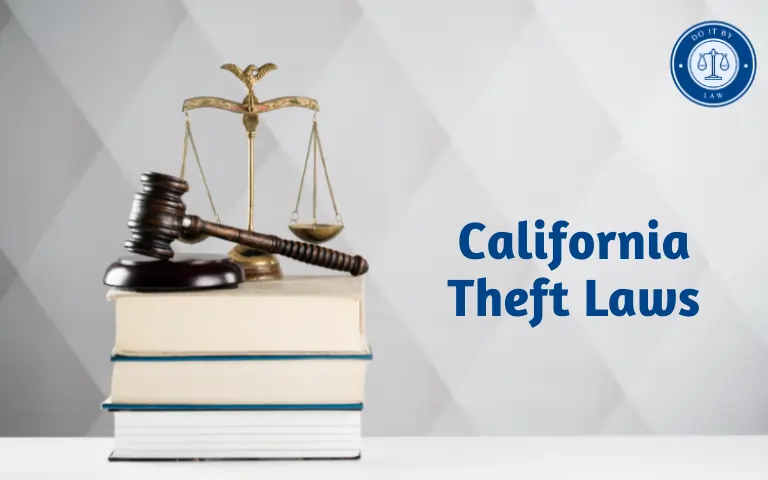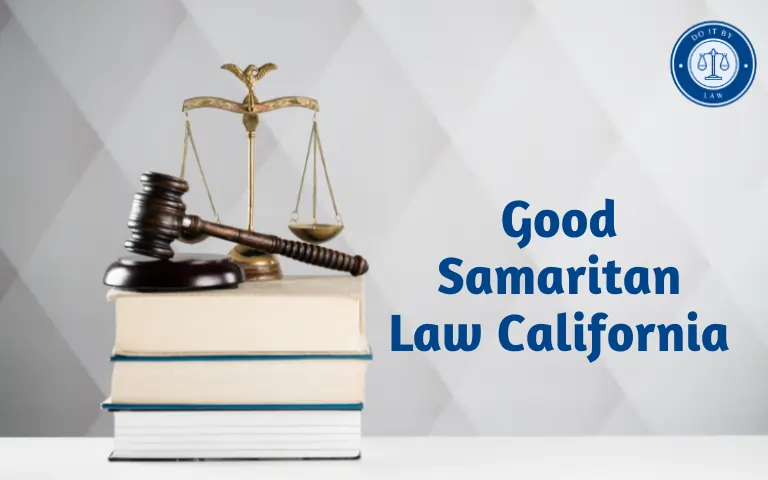California Self-Defense Laws: What do you need to know
When dangers emerge suddenly, self-preservation instincts kick in overriding other concerns. But what crosses the line from lawful California Self-Defense Laws to criminal assault when protecting oneself or property? California state carve out provisions balancing personal safety with public order limits around reasonable force. Where exactly boundaries lie remains situational – and often central in violent aftermaths. Let’s examine legal rights and key immunities governing desperate acts of urgency in the Golden State.
Why Are There Laws Regulating Self-Defense Actions in California?
Namely to distinguish spontaneous physical reactions against immediate threats from malicious unrestrained attacks. Nuances separate intent, means, proportionality, and necessity in chaotic moments with long-term consequences for exceeding narrowly defined justifications. As a last resort defense, strict principles check impulse exceeding necessity – manifested in everything from public fist fights to deadly shootings.
Who Is Subject to California’s Self-Defense Laws and Limitations?
Namely, private citizens responding to perceived personal dangers in public encounters or within premises. Core statutes include:
- Reasonable force requirements judging if reactions matched apparent risk levels contingently
- Home protection expectations differ from location allowing escape-like businesses
- Firearm usage bringing enhanced scrutiny around the necessity and shooter judgment
- Past violence role regarding aggressive reputations limiting innocent claims in disputes
At its heart, self-defense legality depends entirely on specific contexts with “reasonableness” interpreted case by case. But using maximum force as an initial reaction risks unlawful assault or homicide charges.
Key Elements of Lawful Self-Defense in California
Let’s examine the principles separating urgent protection from criminal battery:
- Imminent bodily danger reasonably apparent requiring immediate protective actions
- Only necessary force applied directly addressing threats
- Proportional physical response avoiding weapons unless attackers armed similarly
- Cessation once safe retreated unless pursued into dwellings
- No provocation elements like instigation or willfully entering dangerous conflicts
- Claiming innocence requires acting lawfully throughout the encounter
As you can see, narrow conditions must demonstrate reactions as involuntary, essential, and avoiding excess beyond absolute last resort. Now let’s see what happens when boundaries get crossed.
Penalties for Exceeding Self-Defense Claims in California
Consequences manifest swiftly for unmatched counterforce:
- Assault/battery charges and jail time for excessive force based on victim injuries
- Weapons enhancements add years for unnecessary firearm introductions
- Homicide via provable negligence failing duty to retreat or utilizing lethal means too easily
- Wrongful death civil liability around survivor loss and suffering
In essence, self-defense hinges wholly on wielding only honorable force. Righteous retaliation still threatens livelihoods and freedoms absent judicial mercy.
Recent Changes and Proposals to California Self-Defense Laws
Legal challenges continue pressing expanded personal protections:
- Stronger stand-your-ground rights avoiding manuals on permissible force levels before reacting
- Firearms carry freedoms inside vehicles and governmental property
- Property defense strengthening guards against theft, riots, occupations like protests
- Preventing lawsuits by those injured committing crimes themselves
But California resists deviations from duty to retreat doctrine as well as expanded open carry policies – especially on densified urban population grounds.
Debates Around California Self-Defense Laws and Limitations
Where restraint ends and risk emerges stir heated exchanges:
- Self-defense burdens – Strict proportional force duties and investigation threats discourage interventions against public disturbances by lawful citizens. Criminals act with less hesitation.
- Home limitations – Castle doctrines permitting broad property defense conflict with California retreat precedents putting the responsibility on avoiding force first.
- Firearms barriers – Gun advocates argue permitting licensed carry rights for violent emergencies offsets criminal noncompliance controversies around strictly limited public possession.
In a heavily populated state, self-preservation debates weigh both citizen and community safety perspectives governing the last resort protective impulse. But evolution continues incrementally elevating urgency over unlawful threats.
The Future of California Self-Defense Laws
Core statutes holding individuals accountable for violent reactions beyond absolute necessity will foreseeably persist given the longstanding duty to retreat rulings. But steadily growing acknowledgment that lawful owners also deserve protections, especially amid recognized police limitations, suggests gradual shifts toward greater flexibility may arrive – even in California’s restrictive self-defense landscape anchored in collective welfare over isolated risks. Fear-based responses retain oversight against unleashed emotion, though not ignoring why flight so often overrides fight absent necessity’s tipping point.

